|
2/14/2023 I Don’t Belong Here: Your Friendly Neighborhood ADHD-er Talks Suicidal Ideation and SurvivalRead NowTrigger warning: suicide attempt. Belonging is such an innate human desire that we often forget what a large impact it has on our overall mental health and wellbeing. Newborns need acceptance from their parents/caregivers, children and young adults seek acceptance from peer groups, and adults seek acceptance through partnerships, both romantic and platonic, because it makes us feel connected and fulfilled, bringing purpose to our time on earth. So, what happens when belonging seems to belong to everyone but you? WITH UNDIAGNOSED ADHD AND SUSPECTED AUTISM, I NEVER FELT I BELONGED ANYWHEREWith almost 8 billion people in the world, it seems like it would not be that hard for everyone to find a sense of belonging somewhere with relative ease. I can tell you that was not the case for me, and if you are neurodiverse maybe it was not the case for you either. I spent the first 33 years of my life with undiagnosed ADHD and suspected autism. As far back as I can remember I have been “weird”. Other than with my twin sister – who is my forever best friend and the one human on earth who understands and accepts me completely – I have never felt like I belonged anywhere. Always a bit of an outsider, I never held onto friends for very long and have never been in a relationship for longer than 2 and 1/2 years. To say that I struggled in academic, social, and professional settings for over three decades of existence would be a gross understatement. My neurodiversity dictates how I perceive and interact with the world around me but for most of my life I had no idea I was neurodiverse so most of my energy was spent on trying to force myself to function like my neurotypical peers. After all, that’s the ideal, right? Societal, social, and professional norms are built on the premise that we all “should” think, behave, and communicate in a similar (i.e., neurotypical) fashion. NO ONE UNDERSTOOD ME. NOT EVEN ME.When you fall outside of that very small and limiting box of expectations, your reality may be very lonely. I could never quite grasp why it seemed so easy for others to make and keep friends, to move in and out of relationships, to know just what to say and how to act so that people wanted to be around you. I tried so hard to fake it and be like everyone else, but the real me always came out and it always meant losing friends and partners because they didn’t understand me. I didn’t even understand me. I knew there was something different and I spent a very long time trying to find out what that was. For as long as I can remember, I have been searching for answers about why I was, well, me. I have been in and out of therapy since I was 8 years old, sitting in front of licensed clinical therapists, psychologists, psychiatrists, primary care physicians, teachers, and really anyone who would listen, trying to find myself. Because I knew I was not like everyone else but could not figure out how to “fix” myself, I suffered from profound anxiety and depression with suicidal ideation developing in my teenage years. I was misdiagnosed multiple times and put on so many medications for anxiety and depression with nothing really working, which only added to my despair. UNDULATING BETWEEN F**K THE WORLD ATTITUDE AND CHILD-LIKE DESPERATION FOR ACCEPTANCE AND LOVEThe root of my challenges came from my neurodiversity and because that had not been identified, nothing improved. As a result, I undulated between hyper independence with a f**k the world attitude and child-like desperation for acceptance and love. Without an understanding of the why behind my feelings, perceptions, and behaviors, I spent my youth adrift in dangerous waters. In an effort to cope with my very loud brain and my incredibly deep emotions, I turned to alcohol, tobacco, occasional marijuana, and toxic relationships. Not only did these things give me a pseudo escape from a reality where I did not belong and did not know why, it gave me an excuse to lean into the rough edges of myself. After all: “Everyone gets rowdy when they drink so it won’t seem weird that I’m loud and hyper and over the top.” “Smoking will show everyone that I am damaged and tough. Besides, what do I care if it hurts me?” “Weed helps my brain take a break from the never-ending stream of consciousness pulling me in 10 different directions at once.” “Love is supposed to be chaotic. Screaming at each other and getting into fights is a show of passion. I have to process my strong emotions somehow and toxic relationships give me an outlet to do that with the false sense of security that comes with being with someone, even if they’re wrong for me.” MY DOWNWARD SPIRAL DOWN INTO DARKNESS AND SUICIDE ATTEMPTSShocking no one, these tactics only furthered my downward spiral. The first time I tried to take my life I was 19 years old, just a few weeks shy of finishing my freshman year in college. I had gone through a bad breakup from my first serious relationship. The breakup was a result of a mistake I made, coupled with my unhealthy coping mechanisms and general lack of knowledge about my brain wiring, I descended into a very dark place. Research shows us that those with ADHD are more likely to use alcohol, tobacco, and illicit substances and have a greater risk of developing a substance use disorder than those without ADHD. Never in my life had this statistic fit me more accurately than during this time. I was drinking to excess back then and engaging in dangerous habits like reckless driving and other thrill-seeking activities. None of these things made me feel better and no matter how hard I tried to fit in and find that sense of belonging, I still felt deeply alone. One night sitting in my dorm room, it all became too much and I made the decision to end my life. I texted all of my “friends” to say I loved them and took an entire bottle of pills with a liter of vodka. One of the people I texted was suspicious of my wording in the message and found me on the floor when she came to my room to check up on me. She called for help, and I was taken to the ER, and given charcoal to neutralize and expel the poison in my stomach. I spent a night in the telemetry unit to make sure my heart was not damaged, evaluated by a psychiatrist, and sent home with my mom and sister, who had driven almost 6 hours to get to me when they received the news. At first I felt like a failure and the feeling of “I don’t belong here” and wanting to end all the pain did not recede immediately. Most days it was a fight to find a reason to stay, but I kept fighting. As time passed, the reasons to stay became more and more powerful. The journey hasn’t been easy, but it has absolutely been worth it. INTERPLAY BETWEEN MY EXPERIENCES AND MY NEURODIVERSE MINDI did not know it at the time, but my experiences are directly reflective of the neurodiverse mind. I have an extremely hyperactive brain, so I talk a lot. I also have a tendency to be impulsive, and constantly struggle with executive functioning like task initiation and working memory challenges. I always seek out dopamine and get bored easily when there is not enough novelty or excitement. I am plagued by rejection sensitivity dysphoria and ruminating negative thoughts, and have difficulty maintaining healthy relationships with romantic partners, finances, food, and physical activity. Despite fitting the picture of a combined-type ADHDer perfectly, I did not receive an accurate diagnosis until I sought one out myself after my young nephew was diagnosed. At that time, I also dove into researching neurodiversity and was blown away by how much I related to the experiences of those with ADHD and autism. I found a local professional who diagnoses adults and made an appointment with her for assessment and on-going care management. CORRECT DIAGNOSIS ENABLES ME TO LOVE ALL THE PARTS OF ME I TRIED TO EXTINGUISH FOR SO LONGThe diagnosis changed my life because I was finally able to put a name and a frame around my experiences. It helped me to stop feeling broken and start feeling unique in a powerful and profound way. It has allowed me to find answers and explanations for so many of the things that made me hate myself. I can now lean into my strengths and find ways to love all of the parts of me that I have tried to hide or extinguish for so long. Having undiagnosed ADHD and suspected autism meant that I walked through so much of my life trying to force myself to be anyone other than me. Wearing a mask every day and feeling like the real me would never be good enough was depressing and defeating. The lack of belonging led me to a point where I attempted to take my own life. Thankfully, I was not successful. “Failing” at that has allowed me to flourish in my purpose of creating a sense of belonging for so many others who have spent their lives feeling alone. For me, life changed when I stopped trying to be everyone else and figured out how to work towards being the best version of me. Next time you feel like you don’t belong here, make sure you are seeking belonging in your “here” and not someone else’s. GUEST AuthorOur heartfelt gratitude to our guest author this week, Gwendolyn Janssen MHA, MSN, RN, for courageously sharing her story with such vulnerability and bravery. In the words of California's former Surgeon General, Devika Bhushan, who thrives with a bipolar diagnosis, "stigma festers in the darkness and scatters in the light." By sharing our stories, we humanize our struggles, removing bricks from the wall of stigma and letting light shine through. Those struggling step out from the shame and silence and reach out for help; and, are empowered to come into their own surrounded by their inner lights, self worth and self love. We all deserve to be seen, heard and valued. Thank you for this reminder Gwen. You will always belong. Shine on mighty warrior, shine on.
6 Comments
1/31/2022 So Many Hearts Ache for Lives Lost to Suicide THAT We, The Living, Must Shine a Healing Light on Silence, Shame and Stigma: AN Interview with Child Psychiatrist, Artist and Poet, DR. DianE Kaufman, MDRead NowHope lives. shame kills. everyday is suicide prevention day for Dr. diane kaufman, MD.Kerry: As suicide survivors and mental health advocates, Lucia and I both so deeply appreciate your tremendous body of work in suicide prevention. Your award-winning poems, songs, posters, videos and even an opera have inspired hope, encouraged people who are hurting to reach out and offered solace to those who have lost a loved one to suicide. Can you tell us why suicide prevention plays such a prominent role in your life and work? Diane: In August 2019, my friend and mental health colleague Stacy ended her life by suicide. Her tragic death was and still is a shock to me. Stacy was a psychiatric nurse practitioner of great skill and compassion. I respected and admired Stacy for having so many positive qualities. I used to tell myself, if a family member of mine needed care, I would send them to Stacy. Her taking her own life and leaving behind two sets of young twins was absolutely one hundred percent out of character for Stacy – the woman, friend, and mental health professional - that I knew her to be. What ended Stacy’s life – what devoured, destroyed, and killed her – was depression. Even as I say these words, tears come to my eyes. I still can’t believe she is gone. Depression is a physical illness that invades the mind, body, and spirit. And, it can kill.
There, however, have been other significant events. When I was a medical student, I attempted suicide, and was medically hospitalized. When I was married, my father-in-law killed himself by gun shot. My teenage patient, who seemed to her mother, her teachers, and to myself to be doing so well, hanged herself in 2016. The best friend of my young adult patient died by overdose in 2020. My patient, who had her own history of suicide attempts (prior to when I began treating her), found her friend, and then became at increased risk for suicide herself. All of these tragic events have transformed me into a suicide prevention activist. poetry transforms depression and despair into Healing and hopeLucia: Why do you choose to express yourself through poetry? And, what was the impetus behind writing the poem, “Don’t Give Up” which you would later turn into lyrics with a song-writer and then two Suicide Prevention Public Service Announcements (PSAs), both a one minute version and a longer five minute version, in hopes that people would share the PSAs far and wide to help those who were struggling?
Diane: I turn to poetry to express myself when I am feeling overwhelmed by thoughts and feelings. It’s a way to safely get what is inside of me – what’s troubling me – out into the world and onto a page. It often feels like the poem is a living thing wanting to communicate and be expressed, and I am the one listening and holding the pen to let it out – to be taken in and experienced by another. “Don’t Give Up” was an outpouring of my heart listening to the sadness, depression, despair, and suicidality of my youth patients. It’s a conversation with a suicidal person. The poem is saying even though you want to kill yourself, please don’t do it because I understand how you feel, and I know that your choosing death is not the answer. There are reasons for you to keep living and people who truly care and can help you. How do we convince those feeling hopeless to not give up?Kerry: There is a quote by Hal Lindsey, “Man can live about 40 days without food, about 3 days without water, about 8 minutes without air, but only for 1 second without hope.” Not surprisingly, hopelessness is the leading predictor of suicide. Speaking as an attempt survivor, I can certainly attest to that being the case for me. For months on end, I battled with feeling like there was no hope that anything was going to get better, no hope I was going to feel anything other than this unbearable sense of loneliness, bleakness and foreboding, no hope for a better tomorrow … really that there was no hope for me. And, then to see those I love seeing me that way and not knowing how to help me was just too much to bear. I was not only hurting but I was hurting them. How do we get people to not give up and give into these feelings of hopelessness? Diane: The first line of the poem/lyric is “Don’t give up even though you want to.” Many people – maybe all people – have at times felt like giving up - wishing they were never born, wishing they could just sleep forever, wishing they could be dead, and for some – wanting to end their emotional pain by killing themselves. I want the person listening to the song to feel the song is being sung just for them. For them to know they are not alone in feeling hopeless, and yet also to know that this day is not forever, there will be another day and life can change for the better. As long as there is life and there is help available there is hope. Suicide is forever. The severe emotional pain coming from depression and/or severe life stressors can be helped, lessened, and improved while we are still alive. We don’t have to kill ourselves to stop the pain. I know this to be true as I have lived it. When we are depressed, our thinking gets distorted and it’s as if all we see is darkness. It’s important to be compassionately reminded that, “There will be a better now even when we don’t see how” and that “Tomorrow’s light is a gift from the night.” What more can we all be doing to help our CHILDREN struggling with their mental health?Kerry: Given your specialty is child psychiatry and you see in your practice teens who struggle with suicidal ideation or who have attempted to take their own lives, what more do you think we need to be doing to help our kids given suicide rates are increasing in this demographic? In October 2021, the American Academy of Pediatrics, American Academy of Child and Adolescent Psychiatry and the Children’s Hospital Association declared a national emergency in youth mental health. This declaration should inspire and galvanize us to collaborate on behalf of youth mental health by improving access, services, and resources. We need more mental health providers and services available. We need more in-patient psychiatric beds available, as well as a higher level of care and specialty programs. Social media can damage youth mental health when self-worth is judged by “likes” and when sense of self and self-esteem plummets by negatively comparing ourselves to online profiles of others. Youth need healthy social connections and to experience themselves as worthwhile. They need caring adults who will ask the questions – “Are you okay? Are you feeling anxious and/or depressed? Are you thinking about hurting, cutting, and/or killing yourself? You can tell me because I care about you.” Youth need to know there is no shame in seeking help and that mental health is physical health and help is available. Mental health education should be integrated into all school settings. There are skills and coping strategies we all need to learn and practice. We also need to understand the warning signs of mental illness so we can better recognize when things are not okay with us. honoring and practicing THE human art of connection To promote mental health and NUTURE resiliencELucia: Diane, you have also worked for many years as a Child Psychiatrist back East and now in Oregon, and have extensive training in the therapeutic use of poetry, art, and story. Now, as Founder and Director of the Arts and Healing Resiliency Center at Mind Matters, PC, how are you working to eliminate silence, shame, and stigma to prevent suicide? Mental health well-being can be nurtured in many different ways. I have Bipolar II Disorder, attempted suicide as a young adult, and became a child psychiatrist. Sharing my story helps break through silence, shame, and stigma. I am an ASHA International storyteller and am on their Board of Directors. It’s a great organization that highlights the “superpower” of our personal mental health stories. The expressive arts can also play a vital role in facilitating and fostering mental health. The inspired mission of the Arts and Healing Resiliency Center is to honor and practice the caring art of human connection. The ARTS Program, our unifying concept, inspires Adolescent and Adult Resiliency Training as well as Skills and Support by interweaving evidence-based mental health skills, positive psychology principles, and the creative arts to promote, nurture, and build mental health and life affirming resilience. The goal of the program is a felt sense of personal integrity, authenticity, and responsibility leading to social-emotional and behavioral well-being. We offer online workshops, special events, mentoring, and therapy.
AuthorSKerry Martin, CEO and Founder, and Lucia Martinez Rojas, Social Media Strategist and Videographer, Accelerating Social Good with guest Diane Kaufman, MD, Child Psychiatrist, Humanism in Medicine Awardee, and Founder and Director, Arts and Healing Resiliency Center, Mind Matters PC. 1/18/2022 Three Words, I Need Help, Changed His Life - A Father Finds Happiness After Suicide Attempt And is now Helping Others do same as Stigma Fighter And Mental Health advocateRead NowMeet Pat Lawson, one of our stigma fighters on our Wall of Solidarity in our Accelerating Mental Wellness Campaign. Pat is many things to many people but I will try and sum it up here. He is a loving, devoted and amazing husband and father, a much loved son and brother, incredible friend, international keynote speaker for mental health and suicide prevention and founder of 3Words Mental Health Awareness. From the outside looking in it seems as if he is totally fine doesn’t it? Looks can be deceiving. Pat has his own mental health challenges and diagnoses and things got so bad for him that he tried to end his own life. "DON'T MAN UP. IF YOU WANT TO BE TOUGH, EXPRESS YOUR EMOTIONS."Nobody knew the internal pain Pat was suffering. He hid it from his wife, his parents, friends and sisters. On the outside he was this exuberant happy go lucky man, but on the inside he was struggling. He didn’t reach out for help as most men don’t. Men are far less likely to seek help for a mental illness due to a number of reasons, e.g., societal factors like they have to suck it up and be a man, stigma and long standing cultural issues around men. While Pat hid his mental health from everyone, he sought no support. He thought he had to “man up”. It was this that led him to the fateful day he tried to take his own life. Thankfully Pat wasn’t successful. The world would have lost someone really special if he had been. After his attempt he told his wife, who had no idea that Pat was struggling. It took him attempting to take his own life to finally open up to his wife and family, who were in disbelief as he didn’t portray any outside symptoms of mental illness. In Pat’s own words, asking for help was the hardest thing to do but he was so relieved when he did. This isn’t a story that ends with Pat. Countless men go through the same thing and they don’t seek help as it’s seen as a sign of weakness. But, Pat has a message to men: “Don’t man up. If you want to be tough, express your emotions.” how 3 words - "I need Help" - changed his lifeHere is a video of Pat explaining his story and how three words - “I need help” - changed his life. They are the hardest words to say and Pat still has difficulty saying them. Share his story to help other men say 3 wordsPat is now an amazing advocate for men's mental health and works tirelessly to help those in need. Sharing his story has helped him recover and while he still struggles, he has tools and support around him now which makes things easier. We are so grateful for Pat letting us tell his story and for being one of our amazing stigma fighters. Follow 3Words on Facebook and Instagram to keep up with Pat’s advocacy work. And, let's share his story to help others share his 3 words. We all deserve to find happiness. AuthorPost by Erin Macauley, Chief Operating Officer & Mental Health Advocate, Accelerating Social Good; Australia Chair, Accelerating Mental Wellness Campaign. |
Details
Archives
February 2023
Categories
All
|
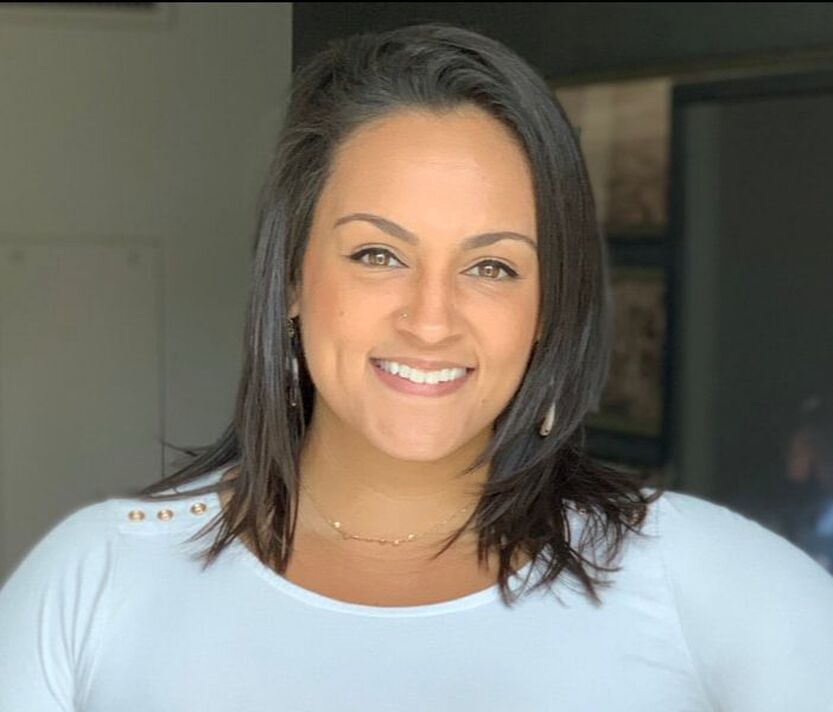
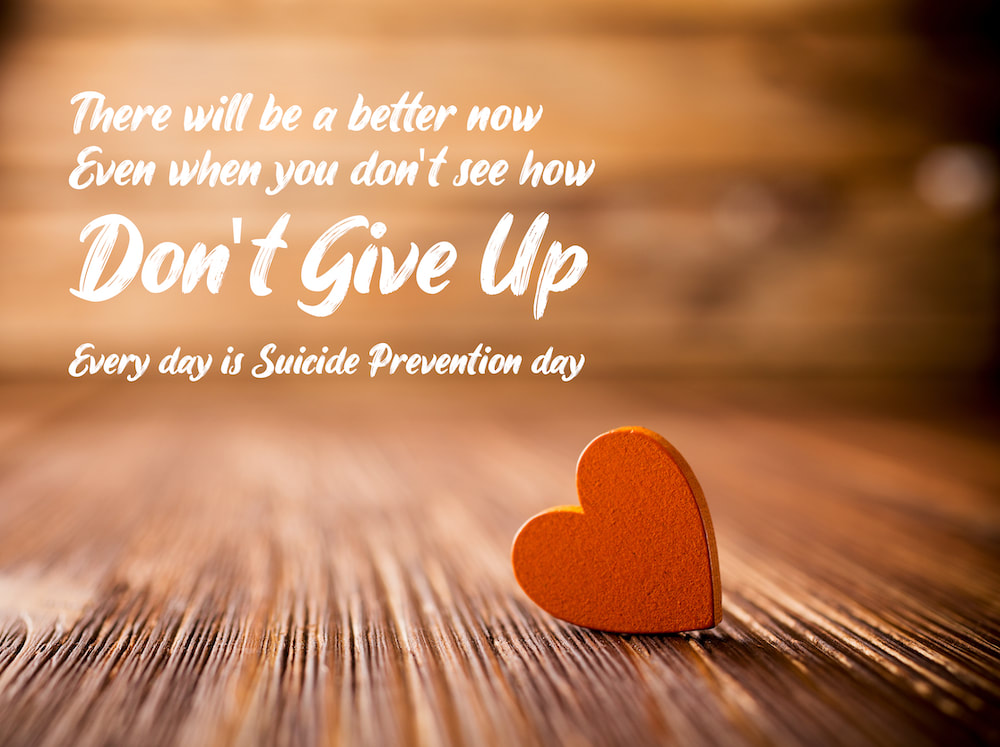
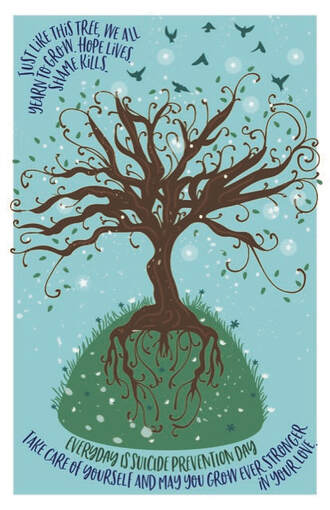
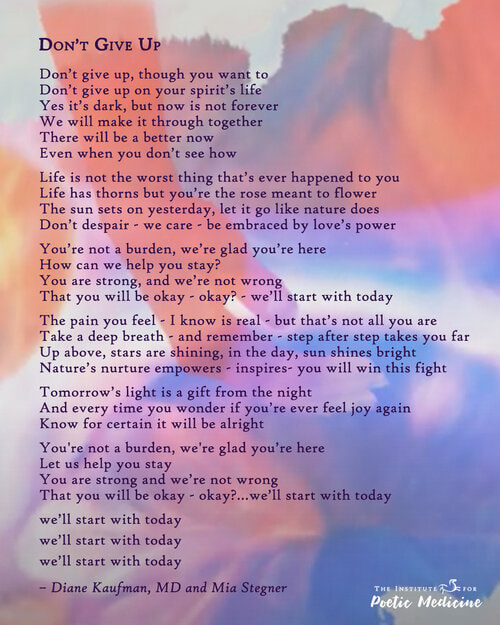
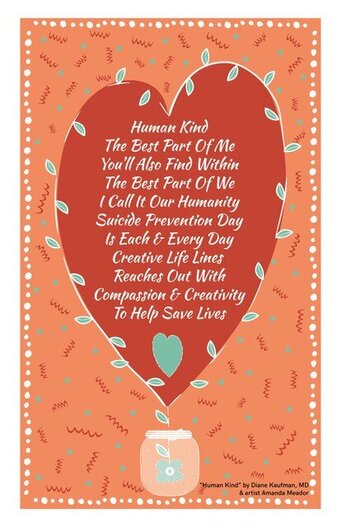
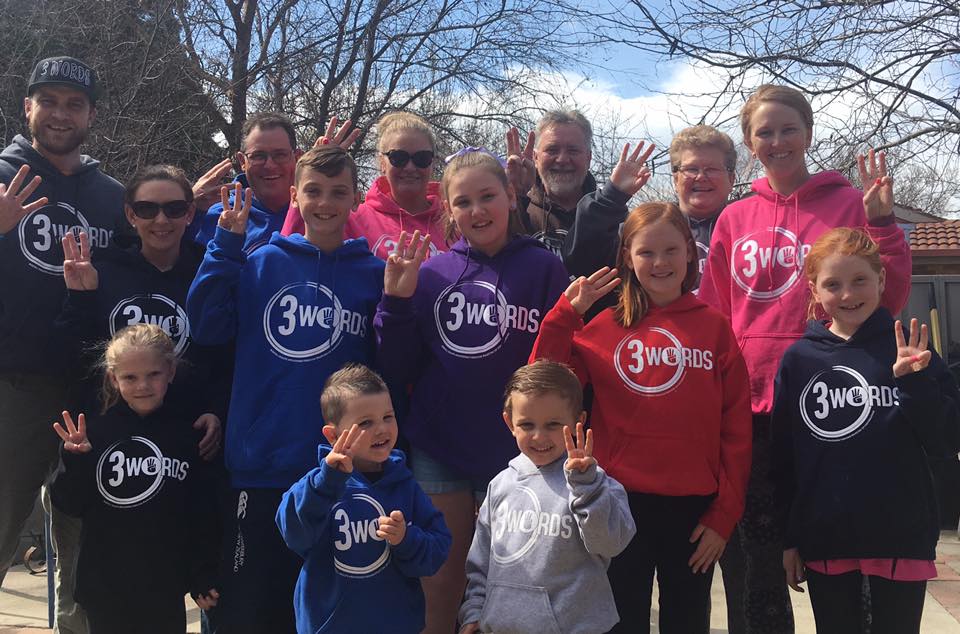
 RSS Feed
RSS Feed